South India Ride Bangluru to Mysore Motovlog On Dominar 400 UG – [S1-Ep9]
ALL ABOUT BANGALURU
The capital and largest city of the Indian state of Karnataka is Bangalore, sometimes referred to as Bengaluru. It is the biggest city in South India, the fifth most populous urban agglomeration in India, and the 27th largest city in the world, with a population of over 8 million and over 11 million in the metropolitan area. The temperature is comfortable all year round in Bangalore, situated on the Deccan Plateau at more than 900 metres (3,000 feet) above sea level. It is the city in India with the most excellent elevation. Bangalore, the nation’s biggest exporter of information technology, is known as the “Silicon Valley of India” (IT).
According to a stone inscription in the Nageshwara Temple in Begur, Bangalore, the city’s history began about 890 CE. A mud fort built in 1537 CE by Kempé Gowd, a feudal lord of the Vijayanagara Empire, is regarded as the origin of the present-day city of Bangalore and its first suburbs, or petes, which are still in use today. Bangalore was given to them as a jagir after Kempe Gowda declared independence following the fall of the Vijayanagar dynasty in 1638. (feudal estate). Bangalore was then taken by the Mughals and given to Chikkadevaraja Wodeyar (1673–1704), the King of Mysore at the time. Haider Ali assumed control of Bangalore after overthrowing the Kingdom of Mysore.
The British East India Company took control of the city when the Maharaja of Mysore was granted administrative power following the British victory in the Fourth Anglo-Mysore War (1799). The old city that had expanded under the control of the Maharaja of Mysore became the capital of the Princely State of Mysore, a nominally independent British Raj state. A town established around the British Cantonment, which the British transferred to Bangalore outside of the historic city in 1809 and governed as part of British India. Bangalore became the state capital of Mysore State upon India’s independence in 1947, and it remained so when the new Indian state of Karnataka was created in 1956. To create a unified urban centre, Bangalore’s city and cantonment, which had developed as separate metropolitan entities, combined in 1949. The current Kannada name of the city was chosen as Bengaluru’s official name in 2006.
The second-fastest developing major city in India in Bangalore. Based on recent appraisals of its metro economy, Bangalore is India’s fourth or fifth most productive metro region. Numerous academic and scientific institutes may be found there. The city is home to many state-owned aerospace and defence businesses. The city is a centre for sporting events and is where the Kannada cinema industry is based.
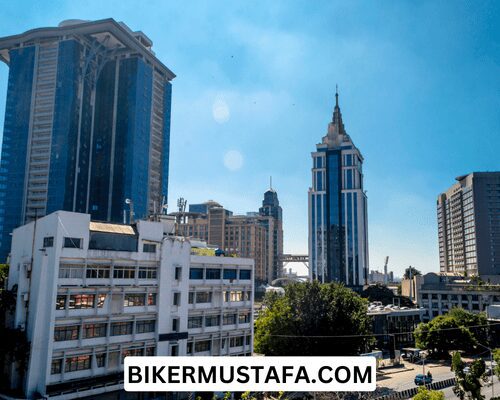
History
Medieval and Early history
Stone Age artefacts found during the 2001 Census of India close to the modern-day Bangalore suburbs of Jalahalli, Sidhapura, and Jadigenahalli suggest human occupancy circa 4000 BCE. Burial grounds were built in Koramangala and Chikkajala, two neighbourhoods outside of Bangalore, around 1,000 BCE (during the Iron Age). The region was involved in trans-oceanic trade with the Romans and other civilizations in 27 BCE, according to coins of the Roman emperors Augustus, Tiberius, and Claudius found in Yeswanthpur and HAL Airport.
Bangalore region was a part of various South Indian kingdoms that came after one another. The Karnataka Western Ganga dynasty governed the region during the fourth and ninth centuries. The first dynasty to effectively impose dominance over the area was this one. Edgar Thurston claims that from the beginning of the Christian period until the Cholas invaded Gangavadi, the region was governed by twenty-eight kings. The Solar race’s last line, which had a succession of seven Ratti or Reddi tribal monarchs, and the final line of the Ganga race both produced these emperors. From 350 to 550 CE, the Western Gangas dominated the region as a separate state. They then served as feudatories for the Badami Chalukyas until the eleventh century, when the Rashtrakutas succeeded them. During Western Ganga, King Ereganga Nitimarga I, the Begur Nageshwara Temple, was built, and Nitimarga II subsequently expanded it. The Cholas, commanded by crown prince Rajendra Chola I, defeated the Western Gangas in Bangalore in 1004 during the rule of Raja Raja Chola I. From Tamil Nadu and other Kannada-speaking regions, warriors, administrators, traders, artisans, pastoralists, farmers, and religious workers migrated to the Bangalore region. The Aigandapura complex in Hesaraghatta, the Choleshwara Temple in Begur, the Someshwara Temple in Ulsoor, the Chokkanathaswamy Temple in Domlur, the Mukthi Natheshwara Temple in Binnamangala, and the Choleshwara Temple in Domlur are all examples of Chola-era architecture.
By defeating the Cholas in the Battle of Talakad in southern Karnataka in 1117, Hoysala monarch Vishnuvardhana increased the reach of his power in the area. The Cholas were ousted from the entire state of Mysore by Vishnuvardhana. By the end of the 13th century, Bangalore and the Hoysala ruler Veera Ballala III of Halebidu and Ramanatha, who ruled over Hoysala-controlled territory in Tamil Nadu, were at odds. The cousins were adversaries. Veera Ballala III installed a municipal head at Hudi, inside the boundaries of the Bangalore Municipal Corporation, and the area later became a town. The Vijayanagara Empire formed four dynasties after Veera Ballala III took power in 1343: the Sangamas (1336–1485), the Saluvas (1485–1491), the Tuluvas (1491–1565), and the Aravidu (1565–1646). Achyuta Deva Raya of the Tuluva dynasty built the Shivasamudra Dam at Hesaraghatta across the Arkavati River under the rule of the Vijayanagara Empire, whose reservoir provides the contemporary city’s regular piped water supply.
Early modern and foundational history
Kempe Gowda I, a vassal of the Vijayanagara Empire, erected a mud-brick fort on the location that would become the heart of contemporary Bangalore in 1537. Gowda joined forces with the Vijayanagara empire to wage war against Gangaraja, whom he ultimately defeated and exiled to Kanchi. Achuta Deva Raya imposed restrictions on Kempe Gowda because he feared his potential power and forbade the construction of a substantial stone fort. The new settlement was called to by Kempe Gowda as his “gandubhmi,” or “Land of Heroes.” The settlement was split up inside the fort into smaller sections known as petes. Chikkapeté Street and Doddapeté Street were the two main thoroughfares in the town. Their intersection created Doddapeté Square, the centre of Bangalore. Kempe Gowda II, the son of Kempe Gowda I, constructed the four towers that serve as Bangalore’s perimeter markers. Many saints and poets during the Vijayanagara era referred to Bangalore as “Devaryanagara” and “Kalynapura” or “Kalynapuri” (“Auspicious City”).
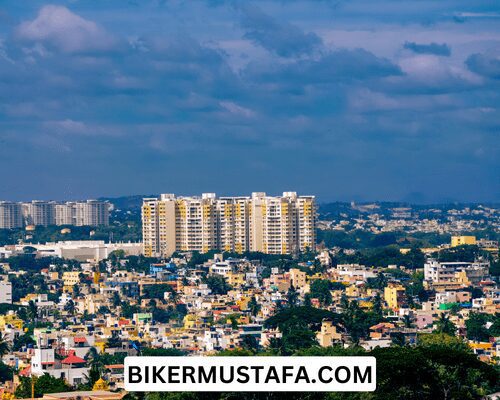
Bangalore’s control was transferred numerous times following the Battle of Talikota, which resulted in the fall of the Vijayanagara Empire in 1565. After Kempe Gowda declared his independence, Ranadulla Khan and Shhji Bhnsl, Ranadulla Khan’s second-in-command, defeated Kempe Gowda III in 1638, and Bangalore was granted to Shhji as a jagir (feudal estate). After defeating Ekoji I, the son of Shahji, in 1687, the Mughal general Kasim Khan, acting on orders from Aurangzeb, sold Bangalore for three lakh rupees to Chikkadevaraja Wodeyar (1673–1704), the monarch of the Kingdom of Mysore at the time. Hyder Ali, Commander-in-Chief of the Mysore Army, declared himself the de facto ruler of the Kingdom of Mysore following the death of Krishnaraja Wodeyar II in 1759. The Delhi and Mysore gates, located at the northern and southern extremities of the city, were assigned to Hyder Ali’s construction in 1760. Hyder Ali’s son Tipu Sultan ultimately succeeded to the throne. The Lal Bagh Botanical Gardens were constructed under the direction of Hyder and Tipu in 1760. Bangalore underwent its leadership and became a key military and commercial hub.
During the Third Anglo-Mysore War, British forces led by Lord Cornwallis took the Bangalore fort on March 21, 1791, and used it as a base of operations against Tipu Sultan. After Tipu died in the Fourth Anglo-Mysore War (1799), the British gave the Maharaja of Mysore back administrative control over the Bangalore pt, which had been integrated into the Princely State of Mysore. This British Raj possession was ostensibly sovereign. The old pt emerged in the lands ruled by the Maharaja of Mysore. In 1799, Mysore City became the site of the Mysore State Residency, which was eventually moved to Bangalore in 1804. Following its abolition in 1843, it was brought back in 1881 in Bangalore until being completely abolished in 1947, the year India gained independence. The British moved their Cantonment from Seringapatam near Ulsoor, about 6 km (4 mi) northeast of the city, to Bangalore in 1809 because they thought it would be a pleasant and suitable location to station their force. By incorporating a number of the nearby settlements, a town developed around the Cantonment. Even though the new centre was legally a British colony within the realm of the Wodeyar Kings of the Princely State of Mysore, it had its own municipal and administrative system. The advent of telegraph links to all major Indian towns in 1853 and the construction of a rail link to Madras (now Chennai) in 1864 were significant events that helped the city expand quickly.
History from the later Modern Era and Today
With the “pt,” whose inhabitants were primarily Kannadigas, and the British-created Cantonment, Bangalore became a dual city in the 19th century. The Cantonment gradually grew over the 19th century, gaining a distinct cultural and political prominence due to its direct British rule and previous designation as Bangalore’s Civil and Military Station. Cantonment, which was still a part of the princely kingdom of Mysore, had a sizable military presence and a diverse civilian population that resided elsewhere, including British and Anglo-Indian army commanders.
In 1898, Bangalore saw a plague outbreak that resulted in nearly 3,500 fatalities. The outbreak’s problem sped up the city’s sanitation procedure. Telephone connections were installed to aid in organizing anti-plague efforts. Regulations governing the construction of new homes with suitable sanitary facilities went into effect. A health officer was established for better coordination, and the city was split into four wards. The first Governor-General of British India, Lord Curzon, opened Victoria Hospital in 1900. In the north and south of the pt, new additions in Malleswaram and Basavanagudi were constructed. Motor cars were first introduced in Bangalore in 1903. By using the hydroelectric facility in Shivanasamudra to generate electricity, Bangalore became one of the first cities in India to do so in 1906. When the Indian Institute of Science was founded in 1909, the city’s growth as a centre for scientific research was greatly aided. The Bangalore torpedo was developed at Bangalore in 1912 by British army officer Captain McClintock of the Madras Sappers and Miners. It was a destructive explosive weapon widely employed in World Wars I and II.
With the silver jubilee celebrations of Krishnaraja Wodeyar IV’s rule, Bangalore gained its image as the “Garden City of India” in 1927. Several projects, including developing parks, public buildings, and hospitals, were introduced to enhance the city. Bangalore was crucial to the movement for Indian independence. In 1927 and 1934, Mahatma Gandhi visited the city and spoke at public gatherings. Four employees were killed, and numerous others were hurt when police fired lathi during labour unrest at Binny Mills in 1926 due to textile workers’ demands for the payment of bonuses. There was significant racial unrest in Bangalore in July 1928, such as when a Ganesh idol was taken from a school compound in the Sultanpet district of Bangalore. The first aircraft between Bangalore and Bombay took off in 1940, marking the city’s introduction to India’s urban landscape.
Bangalore remained in the newly created Mysore State, whose Rajapramukh was the Maharaja of Mysore, following India’s independence in August 1947. (appointed governor). Bangalore City Corporation was created in 1949 after the “City Improvement Trust” and the “City” and “Cantonment” combined. The Karnataka government subsequently established the Bangalore Development Authority in 1976 to oversee the operations of these two organizations. Kannadigas from the rest of the state had the opportunity to move to the city thanks to public sector work and educational prospects. In 1941–1951 and 1971–1981, Bangalore expanded quickly due to the large influx of immigrants from northern Karnataka. Bangalore had 1,270,000 residents by 1961, making it the sixth-largest city in India. Bangalore’s manufacturing base grew throughout the following decades due to the establishment of private businesses like MICO (Motor Industries Company), which established a manufacturing facility there.
To coordinate the development of the entire region as a unified entity, the Bangalore Metropolitan Region Development Authority was founded in 1986. By the 1980s, urbanization had overflowed the existing boundaries. More than 92 individuals perished in a large fire that started at Bangalore’s Venus Circus on February 8, most youngsters. Bangalore’s real estate market expanded in the 1980s and 1990s thanks to capital investors from other areas of the nation who built multi-story flats on Bangalore’s expansive plots and colonial homes. Texas Instruments established a facility in Bangalore in 1985, becoming the city’s first multinational company. By the turn of the 20th century, Bangalore had become known as India’s Silicon Valley after other IT firms replicated their success. Bangalore is currently the third most populous city in India. Bangalore experienced significant terrorist strikes in 2008, 2010, and 2013 during the 20th century.
Climate
Bangalore experiences distinct wet and dry seasons due to its tropical savanna climate. Bangalore typically experiences a more temperate climate throughout the year due to its high elevation, yet summer can occasionally be uncomfortable due to sporadic heat waves. The month with the lowest average low temperature—15.1 °C (59.2 °F)—is January, while the month with the highest average high temperature—35 °C (95 °F)—in April. The hottest temperature recorded in Bangalore was 39.2 °C (103 °F), measured on April 24, 2016, and coincided with the year’s severe El Nio. 7.8 °C (46 °F) in January 1884 is the lowest temperature ever recorded. Summertime highs of 36 °C (97 °F) are infrequent, and wintertime lows rarely fall below 14 °C (57 °F). Bangalore has rain throughout the northeast and southwest monsoons, and September, followed by October and August, is the wettest month. Fairly frequent thunderstorms, which can result in power outages and local flooding, help to reduce the summer heat. Rain rarely falls before noon, most of it in the late afternoon or evening. One of the wettest months in Bangalore was November 2015 (290.4 mm), when heavy rains led to significant flooding in several places and the closure of some organizations for more than a few days. The most precipitation ever measured during 24 hours was 179 mm (7 in), which fell on October 1, 1997. Bangalore experienced heavy rainfall in 2022—368% more than the yearly average. Both the electricity supply and other locations were inundated.
Language
42.05% of Bangalore’s population speaks Kannada, the city’s official language. Tamil is the second most common language, with 16.34% of the people using it. Telugu is spoken by 13.73% of people, Urdu by 13%, Hindi by 4.64%, Malayalam by 3.16%, and Marathi by 2.05%. The city also has significant Konkani, Marwari, Tulu, Odia, and Gujarati populations. Old Mysuru Kannada, also spoken throughout the majority of southern Karnataka, is the dialect of Kannada spoken in Bangalore. The young in Bangalore and the neighbouring Mysore districts speak a local variety of this language known as Bangalore Kannada. The primary language of the professional and business class, English, is widely spoken.
The Telugu and Tamilians, who both relocated to Bangalore in quest of a better way of life, and the Dakhanis are two more significant populations in Bangalore that have a long history in the city. Few Tamil or Telugu speakers existed in Bangalore as early as the 16th century, and those who did spoke Kannada for business. However, the Telugu-speaking Morasu Vokkaligas are Bangalore’s indigenous population. Mysore kings invited Telugu speakers to Bangalore at first.
The Tuluvas and Konkanis of coastal Karnataka, as well as the Kodavas of the state’s Kodagu district, are other native communities. Maharashtrians, Punjabis, Rajasthanis, Gujaratis, Tamils, Telugu, Malayalis, Odias, Sindhis, Biharis, Jharkhandis, and Bengalis are among the migratory communities. The second-largest Anglo-Indian population after Calcutta once resided in Bangalore. Currently, Bangalore is home to over 10,000 Anglo-Indians. Tamil Christians, Mangalorean Catholics, Kannadiga Christians, Malayali Syrian Christians, and Northeast Indian Christians are among the Christians in Bangalore. The Muslim community is highly diversified, including Dakini and Urdu-speaking individuals and Kutchi Memons, Labbay, and Mappilas.
Konkani, Bengali, Marwari, Tulu, Odia, Gujarati, Kodagu, Punjabi, Lambadi, Sindhi, and Nepali are other languages having sizable speaker populations.
Culture
Bangalore is described as the “Garden City of India” because of its beautiful landscaping, broad avenues, and public parks, including Lal Bagh and Cubbon Park. Bangalore was ranked third among the top ten travel destinations in the world by travel book publisher Lonely Planet in May 2012.
In the weeks preceding India’s Republic Day and Independence Day, the Lal Bagh Botanical Gardens hold twice-yearly flower exhibitions. Bangalore Karaga, also known as “Karaga Shaktyotsava,” is one of Bangalore’s oldest festivals and honours the Hindu deity Draupadi. It is observed yearly by the Thigala people over nine days in March or April. Every year in April, the Halasuru Someshwara Temple’s (Ulsoor) idol is carried in procession to the Someshwara Car festival by the Vokkaligas, a large landowning group in southern Karnataka. November 1 is widely recognised as Karnataka Rajyotsava and is a public holiday in the city to honour the day Karnataka State was created on November 1, 1956. Additional holidays in Bangalore include Ugadi, Ram Navami, Eid ul-Fitr, Ganesh Chaturthi, St. Mary’s feast, Dasara, Deepawali, and Christmas.
Bangalore’s cuisine reflects the diversity of the city’s social and economic structures. Along with roadside vendors and tea booths, popular fast food options include South Indian, North Indian, Chinese, and Western cuisine. Popular restaurants in Udupi generally provide vegetarian regional cuisine. Bangalore is the most vegan-friendly city in India, according to the Indian chapter of PETA, and it is also the location of several vegan restaurants and advocacy groups.
Artistic and Literary
Bangalore lacked a contemporary art culture till the 1990s that was on par with Mumbai’s and Delhi’s. The National Gallery of Modern Art was one of several art galleries that the government established at that time. An international art festival called Art Bangalore was established in Bangalore in 2010.
Before Kempe Gowda laid the city’s foundation, Bangalore had a bustling Kannada literary culture. The founders of the Veerashaiva Mathas (monastery) in Bangalore developed the rhythmic literary style known as the Vachanas, which helped Kannada literature advance in the 18th and 19th centuries. The nonprofit Kannada Sahitya Parishat, which promotes the Kannada language, has its headquarters in Bangalore. The city’s literary festival is the “Bangalore Literature Festival,” which was started in 2012.
The Karnataka Chitrakala Parishath features a variety of paintings, sculptures, and other works of art. The Indian Cartoon Gallery, the country’s first institution of its kind, is a centre for cartooning in Bangalore. Each month, the gallery presents new cartoon exhibitions by professional and amateur cartoonists. The exhibition was put together by the Bangalore-based Indian Institute of Cartoonists, an organisation dedicated to promoting and preserving the works of eminent Indian cartoonists. The institution has put on about 100 cartoon exhibits.
Theatre, Music, and Dance
200 Kannada feature films are produced each year by the Bangalore-based Kannada film industry. Two renowned theatres with active theatre scenes in Bangalore are the Ravindra Kalakshetra and the Ranga Shankara. The city’s English- and foreign-language theatrical scenes are booming, and famous theatres include Ranga Shankara and Chowdiah Memorial Hall. Political satire and light humour make up most of Bangalore’s famed Kannada theatre. Most neighbourhood organisations stage plays, although amateur groups are set up differently. Drama groups from Britain touring India and Max Müller Bhavan regularly perform in the city. The Alliance Française de Bangalore also puts on a variety of plays throughout the year.
The centre of Indian classical music and dance in Bangalore. There could be several plays, dance performances, and music concerts on the cultural scene. It is common to see dance performances, including Bharat Natyam, Kuchipudi, Kathakali, Kathak, and Odissi, as well as Carnatic (South Indian) and Hindustani (North Indian) classical music. The indigenous theatre style yakshagana from coastal Karnataka usually performs in town halls. In Bangalore, the Ram Navami festival in April and May and the Dusshera festival in September and October are when musical events by cultural groups are at their busiest. Although rock music is the most popular in Bangalore’s urban neighbourhoods, classical and modern music is also played there. “Bangalore Rock” is a subgenre of rock that originated in Bangalore and incorporated hard rock, heavy metal, jazz, and blues. Some well-known bands from Bangalore include The Raghu Dixit Project, Kryptos, Inner Sanctum, Agam, All the Fat Children, and Swarathma. Bangalore is commonly referred to be the “Pub Capital of India” and the “Rock/Metal Capital of India” due to its underground music culture.
BEST PLACES TO VISIT IN BANGALURU AT NIGHT
- Ramanagara– Ramnagar, located amid the rugged granite hills and lush surroundings, is a popular weekend getaway for Bengaluru locals. Read More
- Nandi Hills– Temples and monuments can be found across Nandi Hills, encircled by breathtaking scenery. Read More
- Kanakapura– A beautiful city in Karnataka, tucked away between forests and rivers, is perfect for a weekend vacation. Read More
- Anthargange– The Anthargange mountain, made up of both tiny and large boulders, has a dense forest at its base and natural springs, making it an excellent destination for hikers. Read More
- Chunchi Falls– It’s a terrific place to unwind and have fun with family, and if you’re up for some adventure, you can walk down and explore further. Read More
- Bheemeshwari– Bheemeshwari’s vegetation offers stunning views and supports exotic animals such as crocodiles, wild boars, leopards, jackals, and deer. Read More
- Skandagiri– Plan your journey between November and March if you want to take full advantage of Skandagiri’s splendor. Read More
- Savandurga– Avian enthusiasts can see the critically endangered yellow-throated bulbuls among the beautiful avifauna. Additionally seen here are leopards and sloth bears. Read More
- Kunti Betta– It will entice you with its slick, alluring trails and naturally protected pinnacle. Read More
- Nice Road– It will pass through Mysuru, Srirangapattana, Pandavapura, Mandya, Maddur, Channapattana, Ramanagara, Kengeri, and Bengaluru. Read More
BEST PLACES TO VISIT IN BANGALURU AT NIGHT HOTELS
- Knights of Biryani
- V.V. Puram Road
- Pavilion at Cubbon
- Empire Hotel
- The Chancery Hotel is on South Parade.
- Cafe Rasta
- Coconut Grove
- Craftworks at a windmill
- Slug
- Rock Cafe Hard
BEST PLACES TO VISIT IN BANGALURU AT NIGHT (Clubs & Bars)
- Brewsky, Byg
- Ultra High Lounge
- 13 floor
- NoLimits Lounge
- Opus
- XU
- The Beer Club
- Brewpub Toit
- Brewing Company Arbor
- The Sports Bar & Grill at Underdoggs
- Bangalore Pub Crawl
- Sutra
- I-Bar
- Pebble
- Hangover
- LOFT38
- Skyye
- Vapour
BEST PLACES TO VISIT IN BANGALURU AT NIGHT Part 1
BEST PLACES TO VISIT IN BANGALURU AT NIGHT Part 2
BEST PLACES TO VISIT IN BANGALURU AT NIGHT HOTELS
People Also Ask:
Why is Bangalore famous for?
Bangalore is sometimes referred to as the “Silicon Valley of India” (or “IT capital of India”) because of its role as the nation’s leading information technology (IT) exporter. Indian technological organisations ISRO, Infosys, Wipro and HAL are headquartered in the city.
What is Bangalore best for?
Its elevation is the highest among the major cities of India. Bangalore is widely regarded as the “Silicon Valley of India” because of its role as the nation’s leading information technology (IT) exporter.
Which is famous areas in Bangalore?
- Cubbon Park.
- Nandi Hills.
- Tipu Sultan’s Palace.
- Lal Bagh Botanical Garden.
- Bangalore Palace.
- ISKCON Temple.
- National Gallery Of Modern Art.
Which is the best place for trip in Bangalore?
- Bangalore Palace.
- Tipu Sultan’s Summer Palace, Bangalore.
- Vidhana Soudha, Bangalore.
- ISKCON Temple, Bangalore.
- Halasuru Someshwara Temple, Bangalore.
- Shivoham Shiva Temple, Bangalore.
- Bull Temple (Nandi Temple), Bangalore.
- Seshadri Iyer Memorial Hall (State Central Library).
Top 10 places to visit in Bangalore
- Bangalore Palace.
- National Gallery of Modern Art.
- Tipu Sultan’s Palace and Fort.
- Krishna Rajendra (KR) Market.
- Lalbagh Botanical Garden.
- Cubbon Park.
- Vidhana Soudha.
- Attara Kacheri (High Court) and Surroundings.
- Ulsoor Lake.
- Spiritual and Religious Places.
Recommended Articles:
An Amazing Day in Dongaon Vlog
Solo Riding Dongaon to Ahmednagar Motovlog

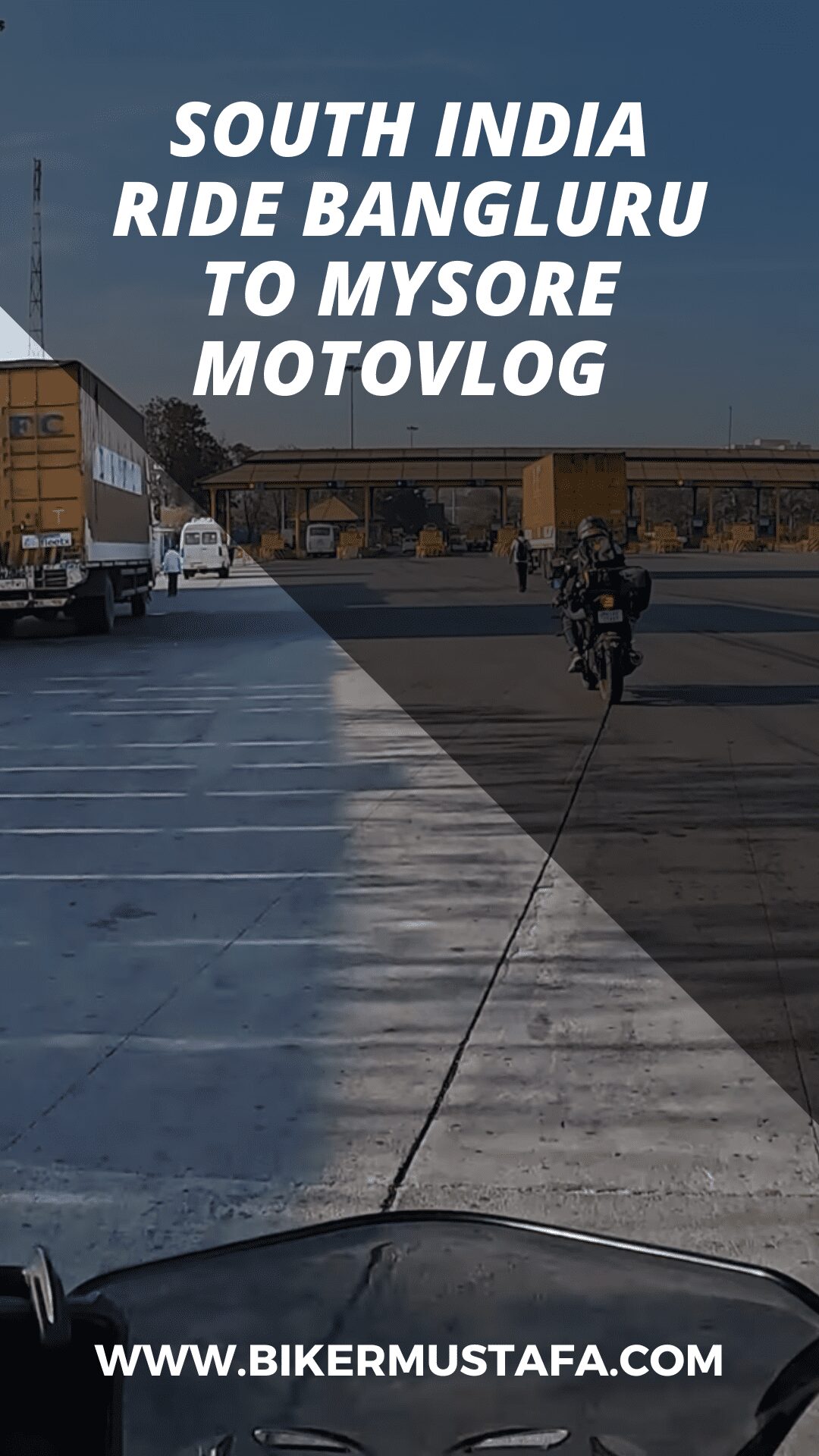
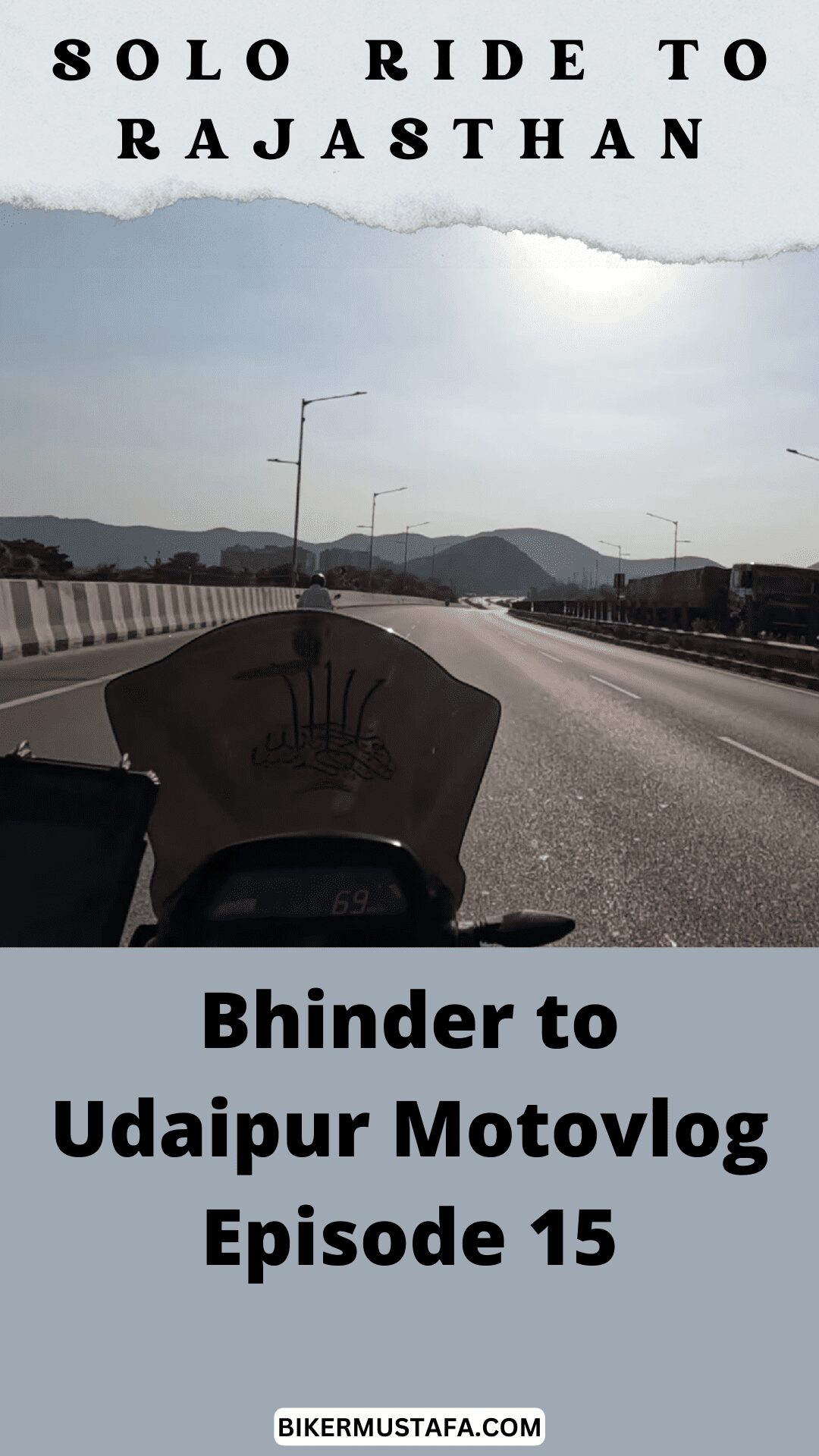

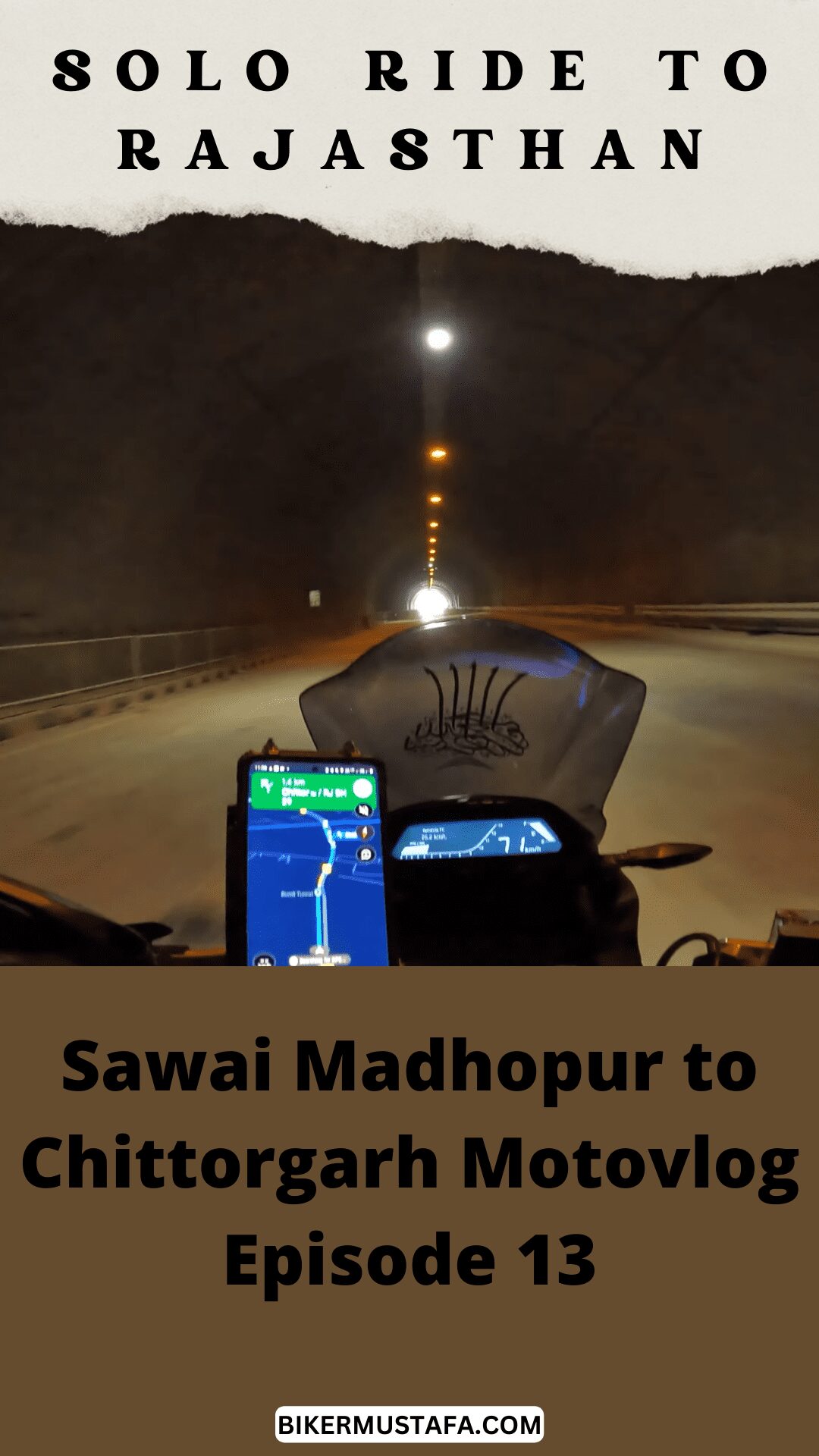
3 thoughts on “South India Ride Bangluru to Mysore Motovlog”